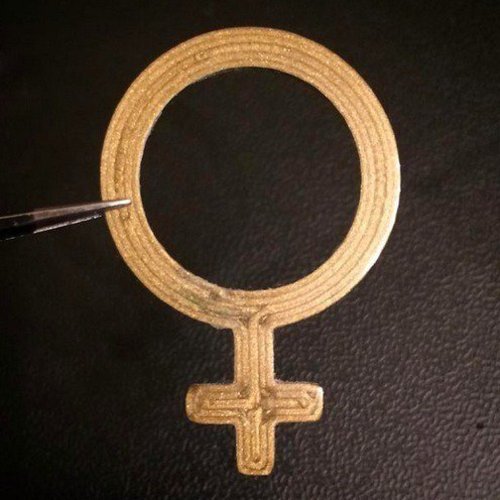

In the Prince Rupert harbour shell middens, the use of copper in the form of bracelets, pendants and tubes can be traced back more than 2,000 years and thus appears to be an early feature of north coast trading and warfare. The double-headed Eagle is not a traditional Haida crest but was adopted from the Imperial Russian form of this bird introduced by Russian fur traders in Alaska.Ĭollected from Skedans before 1900 by Charles F. Emmons for the Lord Bossom collection.Ī large copper decorated with a double-headed Eagle. The bulbous top panel displays the crest of the owner, and the well-fashioned T-bar in the lower half represents the backbone of an ancestor.Īcquired from the Kaigani Haida circa 1900 by George T. This beautifully engraved copper depicting a Sculpin is a classic Haida object. The Haida used coppers as a marker and symbol of wealth, and some wealthy chiefs owned a dozen or more.

Among the Kwakwaka'wakw (or Kwakiutl) to the south of Haida Gwaii, coppers were particularly associated with the distribution of wealth at wedding feasts. Throughout the coast, shields made of copper were exchanged at ever higher values between chiefs at potlatch feasts. Copper was the ultimate symbol of wealth among the Haida and is associated with Copper Woman of Haida myth.


 0 kommentar(er)
0 kommentar(er)
